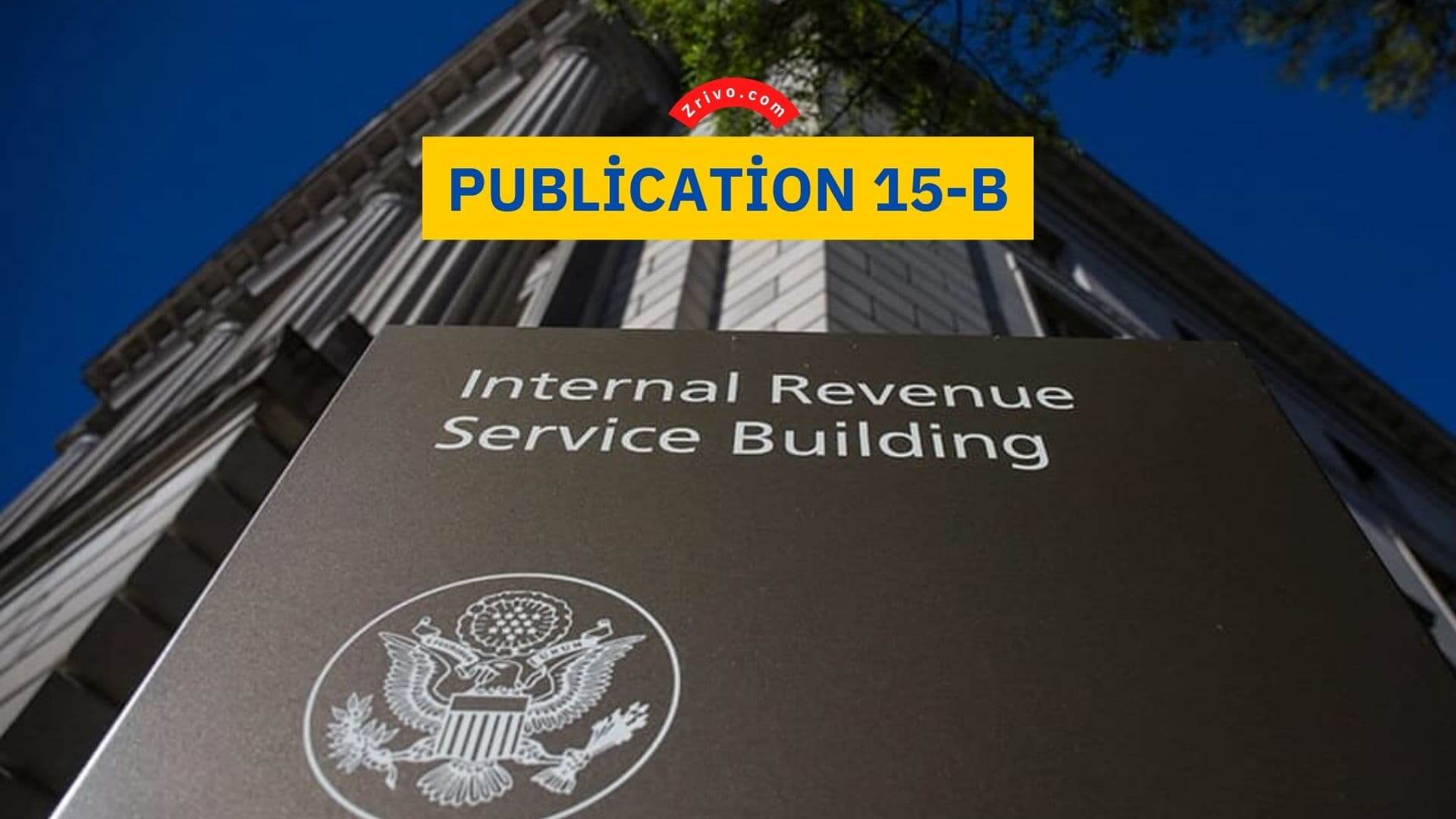
Publication 15-B is a guide to how fringe benefits are taxed for people who work. It is updated every year. It talks about the different types of fringe benefits and the rules for how they should be withheld, deposited, and reported. This information is crucial for employers.
Fringe benefits are non-wage payments for services provided by an employer. They may include meals, awards, housing, and gift certificates. These are subject to income tax withholding and are reported on Form W-2. The IRS and state governments may also withhold income taxes from certain benefits.
Fringe benefits can be provided to both employees and non-employees. Generally, these benefits are offered to encourage employees to perform their jobs well. They can also be used to reward employees for achievements.
When figuring out the extra benefits your company gives, you need to know a few important things. Some of them are optional, but others are mandatory. Using the right type of benefits can help you attract and keep top talent. Providing these benefits can improve your bottom line.
Examples of Fringe Benefits
Some examples of fringe benefits include clothing allowances, meals, and housing. These types of benefits are considered taxable, and tax withholding must be taken. There are also a number of fringe benefits that are excluded from an employee’s income.
For example, an employer may give a vehicle to an employee. That car may be used for business purposes. As long as the value of the vehicle does not exceed the value of the employee’s wages, the employee will not pay taxes on the car’s value.
Another example of a de minimis fringe benefit is a private athletic facility membership. If the value of a membership is less than $2000, the membership may be excluded from the employee’s income.
Are Fringe Benefits Tax Deductible?
We already know that a fringe benefit is a form of payment for performing a service, usually related to your job. This may be a benefit provided by your employer, a customer, or a third party. In general, most fringe benefits are not tax-deductible. However, there are exceptions. An employer can choose to take money out of an employee’s paycheck every month or every three months.
The value of fringe benefits is generally reported on the employee’s Form W-2. The fair market value of the benefit determines the value. If the value of the benefit does not exceed a certain amount, it is non-taxable. Some fringe benefits are tax deductible. For example, if your company offers life insurance coverage to its employees, the money can be a boon to your bottom line.